Jewish History: World War II
Virginia Morris Pollak
During World War II, sculptor Virginia Morris Pollak used her deep understanding of clay, plaster, and metal to revolutionize reconstructive surgery for wounded servicemen. This earned her a presidential citation, and she was later appointed to JFK’s Commission for the Employment of the Handicapped. Pollak also co-founded her own sculpture studio and chaired the Norfolk Fine Arts Commission, beautifying her hometown with an outdoor sculpture museum at the Botanic Garden.
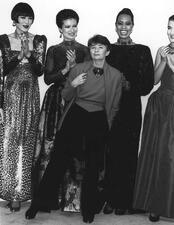
Lucie Porges
Lucie Porges brought a combination of elegance and a relaxed sensibility to her long and fruitful collaboration with top fashion designer Pauline Trigère. As she continued to design, Porges also imparted her immense knowledge in the Fashion Department of the New School for Social Research.
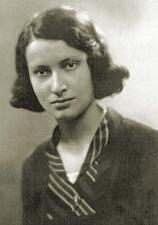
Zosha Posnanska
A left-wing political activist and Soviet intelligence recruit, Zosha Posnanska was a fearless fighter against the Nazis and for a peaceful world.
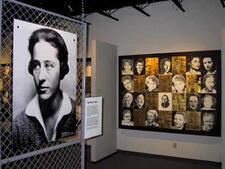
Olga Benário Prestes
A Communist activist before and during World War II, Olga Benário Prestes’ political activities led her to the highest ranks of the Communist Youth International. Her relationship with Brazilian Communist leader Luis Carlos Prestes, who was part of a failed coup, led to her deportation to Germany, where she was gassed at Bernburg in 1942. Although her name is not well known in the United States, Olga is famous in Brazil and was considered a great heroine in the German Democratic Republic.
Erna Proskauer
Erna Proskauer dreamed of becoming a judge in Germany but lost her job in 1933 and emigrated first to France and then to Palestine. After returning to Germany, Erna faced several setbacks in her quest to return to her career as a lawyer but ultimately opened her own firm. At the age of sixty-five, she took over her former husband’s law office and continued working for another twenty years.
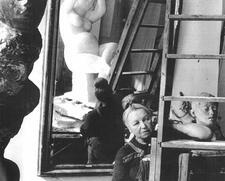
Antonietta Raphaël
Painting and sculptor Antonietta Raphaël rose to fame in the 1950s. Her paintings were seen for the first time in Rome in 1929; during World War II, she took up sculpting, and in the 1950s, she rose to prominence and exhibited her works worldwide.
Clara Raven
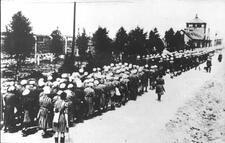
Ravensbruck Women's Concentration Camp
Created to incarcerate women and serve as a “model” concentration camp, Ravensbrück imprisoned about 132,000 women and children between 1939 and 1945, committing them to slave labor and miserable conditions. In addition to thousands of political prisoners, criminals, Jehovah’s witnesses, and those deemed “asocial,” about 20 percent of the camp’s prisoners were Jewish.
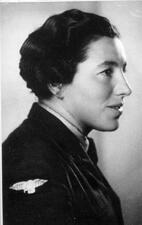
Havivah Reik
Havivah Reik was a Palmah soldier and parachutist who was killed by Nazi collaborators on a secret mission to save thousands of Slovakian Jews.
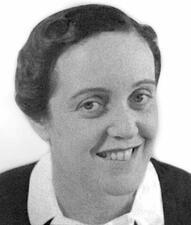
Resistance, Jewish Organizations in France: 1940-1944
Despite the fact that women did not hold a high status in prewar French society, Jewish women played a disproportionately large role in the French resistance against the Nazis. Hundreds of women protected their fellow Jews, especially Jewish children, from the Nazis.
Romania, Women and Jewish Education
Since the adoption of a public school system in the mid-1800s in Romania, Jewish women in Romania women have had to fight anti-Semitism and sexism to pursue their education.
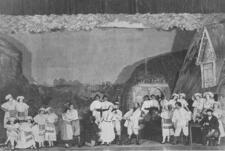
Romanian Yiddish Theater
Romania was a wellspring of the Yiddish theater, as there were Jewish theater troupes in the major Romanian cities and acting troupes traveled throughout the country performing dramas, comedies, musicals, and operettas. Women played a significant role in performing and shaping Romanian Yiddish theater and became known internationally for their work on the Yiddish stage.
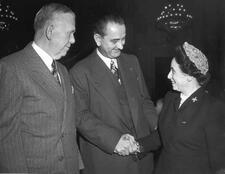
Anna Rosenberg
Anna Lederer Rosenberg was an administrator, diplomat, and public relations and manpower expert who advised multiple presidents. In 1950 she became the first female Assistant Secretary of Defense. Deeply admired by military and government leaders, Rosenberg’s success demonstrates how deftly she maneuvered within these male-dominated arenas.
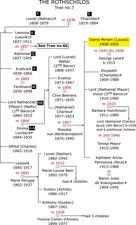
Bethsabée Rothschild
Bethsabée (Hebrew: Batsheva) de Rothschild, the scion of a well-known philanthropic family, helped support numerous activities in the United States and Israel, especially dance, music, and science.She created the Batsheva and Bat-Dor dance companies and was awarded the Israel Prize in 1989 for her special contribution to Israeli society.

Dame Miriam Rothschild
Dame Miriam Rothschild was a renowned British natural scientist who published over 300 scientific papers throughout her lifetime, making groundbreaking contributions to the fields of entomology, zoology, marine biology, and wildlife conservationism. In 1985 she was made a Fellow of the Royal Society and credited for her work in the histology, morphology, and taxonomy of fleas.
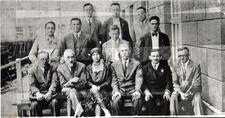
Anna Rozental
Anna Rozental belonged to the generation of Jewish labor activists who had already been active in the founding phase of the General Jewish Labor Bund under the Russian Empire and who were highly respected as “veterans” in the Polish Bund of the interwar period. From her youth on, Rozental’s life was closely tied to the Jewish labor movement in Vilna, where she died in Soviet custody during World War II.
Ruth Rubin
Ruth Rubin devoted a lifetime to the collection and preservation of Yiddish folklore in poetics and songs. As a popular performer-folklorist, she would describe the background of her selections and then sing them in a simple, unaccompanied style. Rubin helped preserve the past and launch the modern Yiddish revival.
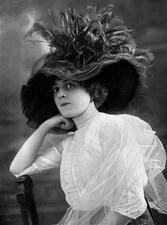
Ida Rubinstein
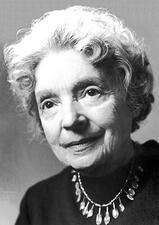
Nelly Leonie Sachs
In 1966 Nelly Sachs became the first German woman to win the Nobel Prize in Literature. After Sachs fled Berlin in 1940, her thirty-year exile in Sweden proved fertile ground for her poetry. She was motivated as a writer by her deep desire to bear witness to the victims of the Holocaust.
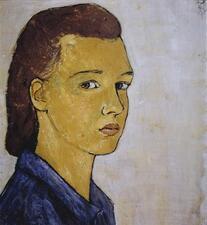
Charlotte Salomon
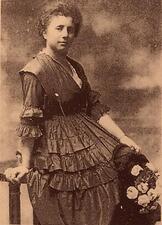
Margherita Sarfatti
Born into a wealthy Venetian Jewish family, Margherita Sarfatti joined the Socialist Party and became the art critic for the newspaper Avanti!, where she met Benito Mussolini. The two became lovers, and she followed Mussolini into the Fascist movement and helped plan the rise of the Fascists, only abandoning his cause when Mussolini embraced antisemitism in 1938.
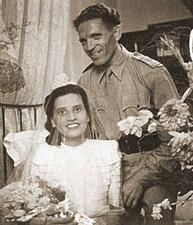
Bouena Sarfatty Garfinkle
Bouena Sarfatty Garfinkle, a Sephardi woman, risked her life over and over again to aid to her community during World War II. At a later stage in her life, Bouena’s historical-literary acumen enabled her to record Jewish life in Salonika during the twentieth century, including the devastation to her community at the hands of the Nazis.
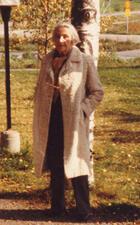
Nathalie Sarraute
Writer and lawyer Nathalie Sarraute was an innovative figure in post-World War II French literature. No longer allowed to practice law during the German occupation of France, she posed as the governess of her three daughters to hide her Jewish identity. Sarraute’s many novels and plays are characterized by an “inwardness” and an unusual lack of characters, names, and plot.
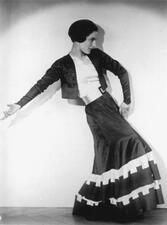
Angiola Sartorio
Angiola Sartorio was a prolific dancer, teacher, and choreographer who subverted fascism in her artistic choices. Sartorio had a company and school, and her company was widely well-received in Italy until it performed for Hitler in Vienna and she had to flee to the United States.
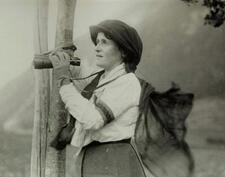
Alice Schalek
Alice Schalek first entered the public sphere at the turn of the century as the author of a well-received novel, published under the male pseudonym Paul Michaely. The first woman in Austria to become a career photojournalist and travel writer, and the first and only female member of the Austrian Kriegspressedienst (war information unit) during World War I, Schalek paved the way for careers in both photography and journalism for other women.


